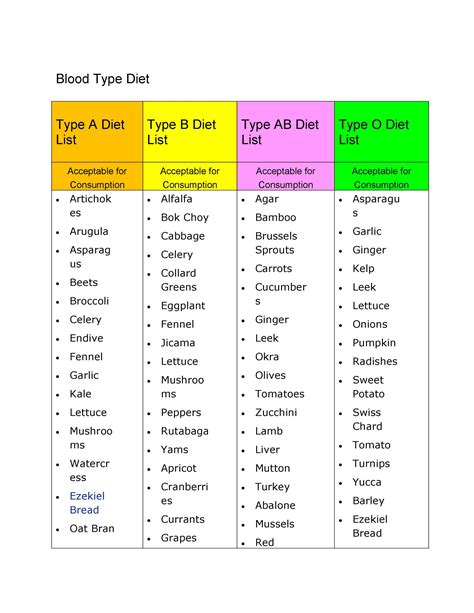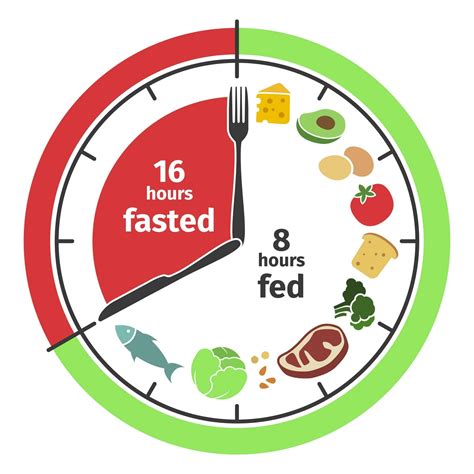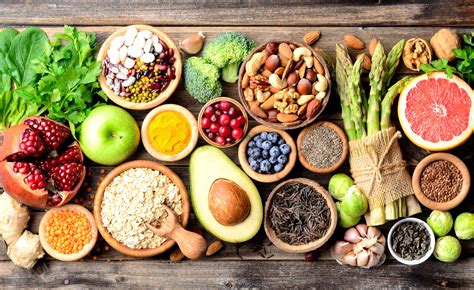Discover the Fit For Life diet, meal planning, exercise tips, progress tracking, and lifestyle maintenance for a healthier you.
Understanding Fit For Life Diet
Contents
Fit For Life Diet is a lifestyle-based diet that focuses on consuming mostly fruits, vegetables, and whole grains. This diet also emphasizes the importance of combining foods properly to aid in digestion. The main principles of the Fit For Life Diet include eating predominantly raw fruits and vegetables and avoiding consuming proteins and carbohydrates together.
One of the key concepts of the Fit For Life Diet is that the body digests different types of food at different rates. This means that consuming proteins and carbohydrates together can lead to indigestion and weight gain. The diet also recommends eating fruit in the morning to help kickstart the digestive system and provide the body with natural sugars for energy.
Another important aspect of the Fit For Life Diet is the idea of food combining. This involves eating certain foods separately to optimize digestion and nutrient absorption. For example, the diet suggests avoiding consuming fruit with other foods and instead eating it on its own for better digestion.
Overall, the Fit For Life Diet is focused on consuming a primarily plant-based diet and avoiding combining certain food groups to promote better digestion and overall health.
Planning Your Fit For Life Meals
Planning your Fit For Life meals is an essential part of the diet. It involves making sure that you have the right balance of fruits, vegetables, and proteins in your daily meals. This may require some advance preparation and organization, but it is important for the success of the diet.
First, start by making a meal plan for the week. This will help ensure that you have all the necessary ingredients on hand and reduce the temptation to deviate from the diet. Include a variety of fruits, vegetables, and lean proteins in your plan to ensure a balanced and nutritious diet.
Next, make a list of the groceries you will need to buy. This will help you stick to your plan and avoid any last-minute trips to the grocery store, which could lead to impulse purchases of unhealthy foods.
When preparing your meals, focus on using fresh, whole foods rather than processed or pre-packaged items. This will help you avoid consuming added sugars, unhealthy fats, and other unwanted additives that can derail your Fit For Life progress.
Finally, consider preparing your meals in advance. This will not only save you time during the week but also help you resist the temptation to indulge in unhealthy foods when you are pressed for time or feeling hungry. Preparing meals in advance can also help you control portion sizes and prevent overeating.
Incorporating Exercise into Fit For Life
One of the key components of the Fit For Life diet is incorporating regular exercise into your lifestyle. Exercise is essential for overall health and well-being, and it can also help to accelerate weight loss and improve muscle tone. When following the Fit For Life diet, it’s important to find ways to incorporate exercise into your daily routine.
One effective way to do this is by scheduling regular workout sessions. Whether it’s going for a run, taking a fitness class, or hitting the gym, setting aside dedicated time for exercise can help to ensure that it becomes a regular part of your daily routine. By making exercise a priority, you’ll be more likely to stick to your fitness goals and see results.
Another way to incorporate exercise into your Fit For Life lifestyle is by finding activities that you enjoy. Whether it’s hiking, dancing, or playing a sport, finding physical activities that you genuinely enjoy can make exercise feel less like a chore and more like a fun and rewarding part of your day. This can help to keep you motivated and engaged with your fitness routine.
In addition to scheduling regular workouts and finding activities that you enjoy, it’s important to also focus on incorporating movement into your daily life. This can include simple things like taking the stairs instead of the elevator, going for a walk during your lunch break, or doing yoga or stretching exercises at home. By finding ways to stay active throughout the day, you can boost your overall fitness and contribute to your Fit For Life goals.
Tracking Your Fit For Life Progress
Tracking your progress is an important part of any Fit For Life journey. It helps you stay motivated and gives you clear insight into how you are doing. Many people use a simple journal to write down their daily food intake, exercise routine, and any challenges they face. This can be a helpful way to see patterns and make adjustments to your lifestyle.
Another way to track progress is by using wearable fitness trackers or apps on your smartphone. These devices can monitor your activity levels, heart rate, and even your sleep patterns. They provide valuable data that can help you understand your habits and make changes to reach your Fit For Life goals.
It’s also important to keep track of your emotional and mental well-being. Mindfulness and meditation apps can help you stay focused and de-stressed. Jotting down your mood in your progress journal can also help you see how your mental state affects your lifestyle choices.
Remember to celebrate your victories, no matter how small. Whether it’s losing a few pounds, completing a 5k run, or making healthier food choices, every little win adds up. By tracking your progress and celebrating your successes, you will stay motivated and on track towards your Fit For Life goals.
Maintaining Fit For Life Lifestyle
Maintaining a Fit For Life lifestyle is essential for long-term health and well-being. It’s not just about following a diet or exercise plan for a short period, but making sustainable changes to your daily habits and routines. This involves finding a balance that works for you and integrating healthy choices into every aspect of your life.
One key aspect of maintaining a Fit For Life lifestyle is understanding the importance of whole, unprocessed foods. This means emphasizing fruits, vegetables, whole grains, lean proteins, and healthy fats in your diet. Prioritizing these foods not only helps to fuel your body with essential nutrients, but also helps to reduce inflammation and support overall health.
Another crucial element of a Fit For Life lifestyle is staying active. Incorporating regular physical activity, whether it’s through structured workouts, daily walks, or recreational sports, is important for maintaining overall health and supporting a healthy weight. Find activities that you enjoy and make them a regular part of your routine.
In addition to diet and exercise, maintaining a Fit For Life lifestyle also involves prioritizing rest and relaxation. Getting enough sleep, managing stress, and taking time for self-care are all important aspects of overall health and well-being. When your body and mind are well-rested and balanced, it’s easier to make healthy choices and sustain a long-term healthy lifestyle.












